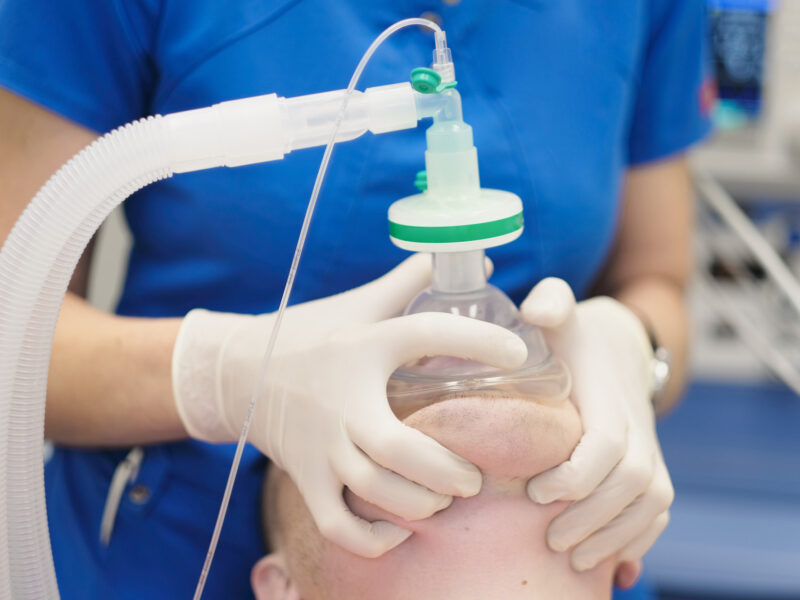If you’re dealing with knee pain, you might have already asked yourself: “How long does a knee replacement last?” It’s a common question, and for a good reason. Knee replacements can significantly improve quality of life for many people, but it’s important to understand the full picture before deciding whether it’s the right move for you.
Contents
What’s the Average Lifespan of a Knee Replacement?
So, let’s get to the main question: how long does a knee replacement actually last? The good news is that most knee replacements last quite a long time. On average, a knee replacement can last anywhere from 15 to 20 years. However, some people find their replacement can last even longer with the right care.
There are a few factors that affect the longevity of a knee replacement:
- Activity Level – If you’re highly active, running marathons or doing intense physical work, your knee replacement may wear out sooner. That doesn’t mean you can’t stay active—it just means that high-impact activities may put more strain on your new knee.
- Weight – Being overweight can increase the pressure on your knee joint, potentially causing it to wear out faster. Maintaining a healthy weight is key to getting the most out of your knee replacement.
- Age – The younger you are when you get a knee replacement, the longer you’ll likely need it to last. While replacements can endure for decades, younger people may eventually need a revision surgery, which is more complex than the initial procedure.
- Surgical Technique and Materials – Advances in surgical techniques and materials have improved the durability of knee replacements. If you’re considering surgery now, you’re likely to benefit from newer technology that’s designed to last longer.
- Post-Surgery Care – Following your doctor’s advice for post-surgery care is critical. Physical therapy and proper recovery routines can ensure that your knee heals well and functions optimally for years to come.
Knee Replacement Isn’t the Only Option
Knee replacement can be life-changing for those suffering from severe arthritis or joint issues, but it’s not the only option available, and there are disadvantages of knee replacement surgery that you need to factor in. And, the truth is that many people are able to manage their knee pain without resorting to surgery.
Genicular Artery Embolization (GAE)
Genicular Artery Embolization (GAE) is a minimally invasive procedure aimed at reducing inflammation and pain caused by arthritis. The procedure involves blocking specific blood vessels that supply the knee joint, which helps to reduce inflammation. Studies have shown that GAE can offer substantial pain relief, making it a good option for those who aren’t ideal candidates for knee replacement surgery. If you’re looking for a procedure that doesn’t involve replacing the knee joint but still offers long-lasting relief, this could be worth discussing with your doctor.
Platelet-Rich Plasma Therapy (PRP)
Another innovative treatment is Platelet-Rich Plasma Therapy (PRP). PRP uses your body’s own platelets, which are rich in growth factors, to promote healing and reduce inflammation in the knee joint. A small amount of your blood is drawn, processed to concentrate the platelets, and then injected into the knee. PRP has shown promising results in improving knee pain and function, and while it may not be suitable for everyone, it’s a popular option for those seeking non-surgical relief.
Knee Brace for Arthritis
Sometimes, simple solutions can go a long way. Knee braces are designed to provide stability and support to the knee joint, reducing pain and improving your mobility. There are different types of knee braces depending on your specific needs, and they can be a great way to manage arthritis-related knee pain. A knee brace won’t solve the problem permanently, but for many people, it helps them stay active without turning to surgery.
Arthritis Supplements
Many people with arthritis explore dietary supplements as a way to reduce pain and inflammation. Supplements like glucosamine and chondroitin have been studied for their potential benefits in managing arthritis symptoms. While the results can vary, some individuals report less pain and improved joint function after taking these supplements over time. They aren’t a miracle cure, but for some, they can complement other treatments like physical therapy or injections.
Other Non-Surgical Treatments
There are still more options if you’re not quite ready for surgery. Here’s a quick look at a few more non-invasive treatments:
- Physical Therapy: Targeted exercises can help strengthen the muscles around your knee, which can reduce pain and improve mobility over time.
- Medications: Anti-inflammatory medications and corticosteroid injections can be helpful in managing symptoms of arthritis, though they aren’t long-term solutions.
- Weight Management: Losing even a small amount of weight can significantly reduce the strain on your knees, providing relief without the need for surgery.
Is Surgery Inevitable?
If non-surgical options aren’t providing the relief you need, surgery may be the next step. But even if that’s the case, you have options within the surgical world, too.
Partial Knee Replacement
If only a portion of your knee is damaged, you might not need a full replacement. Partial knee replacements allow for faster recovery and preserve more of your natural joint.
Total Knee Replacement
In more severe cases, a full knee replacement may be necessary. This procedure is one of the most effective ways to eliminate long-term pain, but it does come with a longer recovery time.
Conclusion
Knee replacements can last a long time—up to 20 years or more with proper care. But they’re not the only solution for knee pain. From physical therapy to lifestyle changes, there are several less invasive options worth exploring before you commit to surgery. If knee replacement is the right choice for you, make sure to follow post-surgery advice closely to get the best results and extend the lifespan of your new joint.



